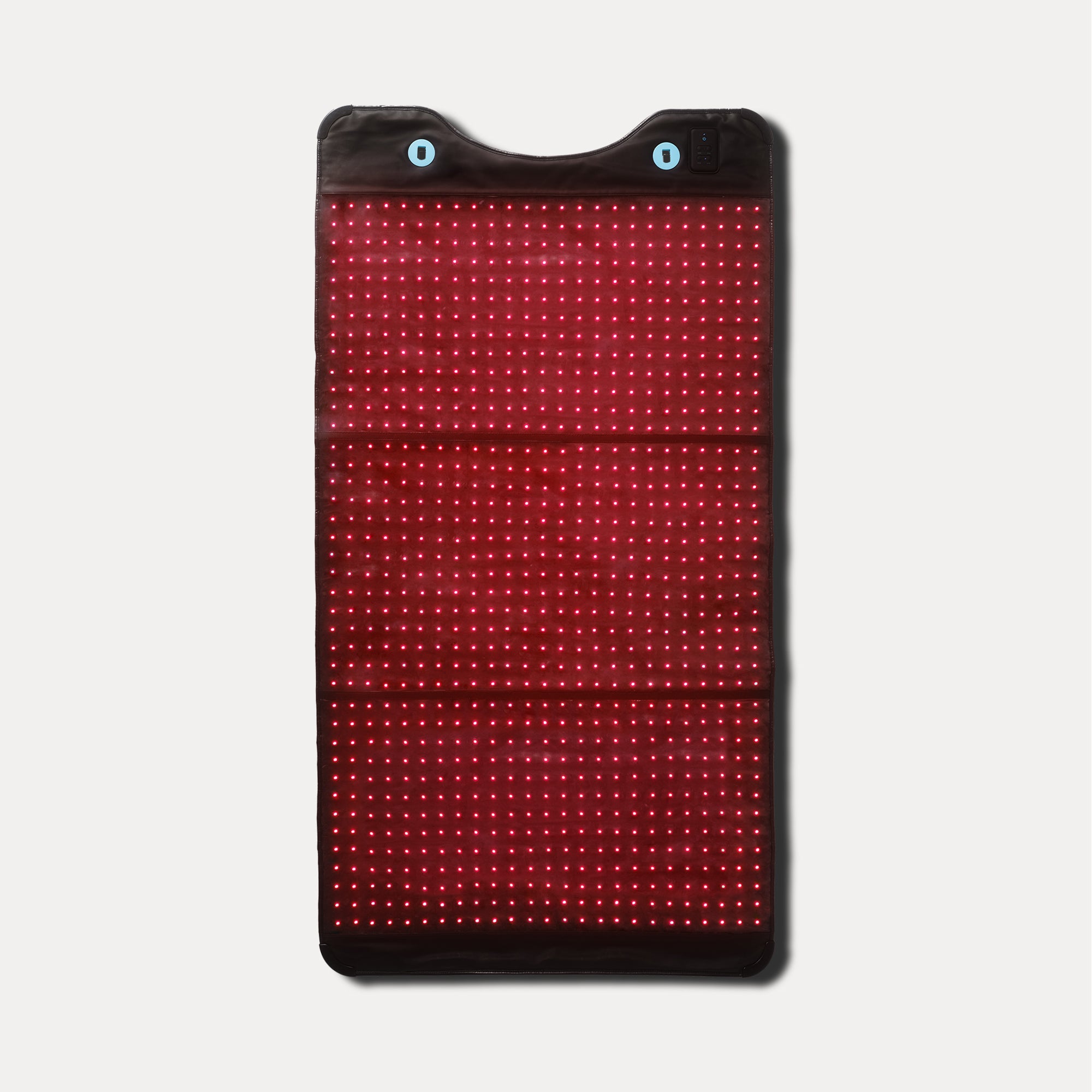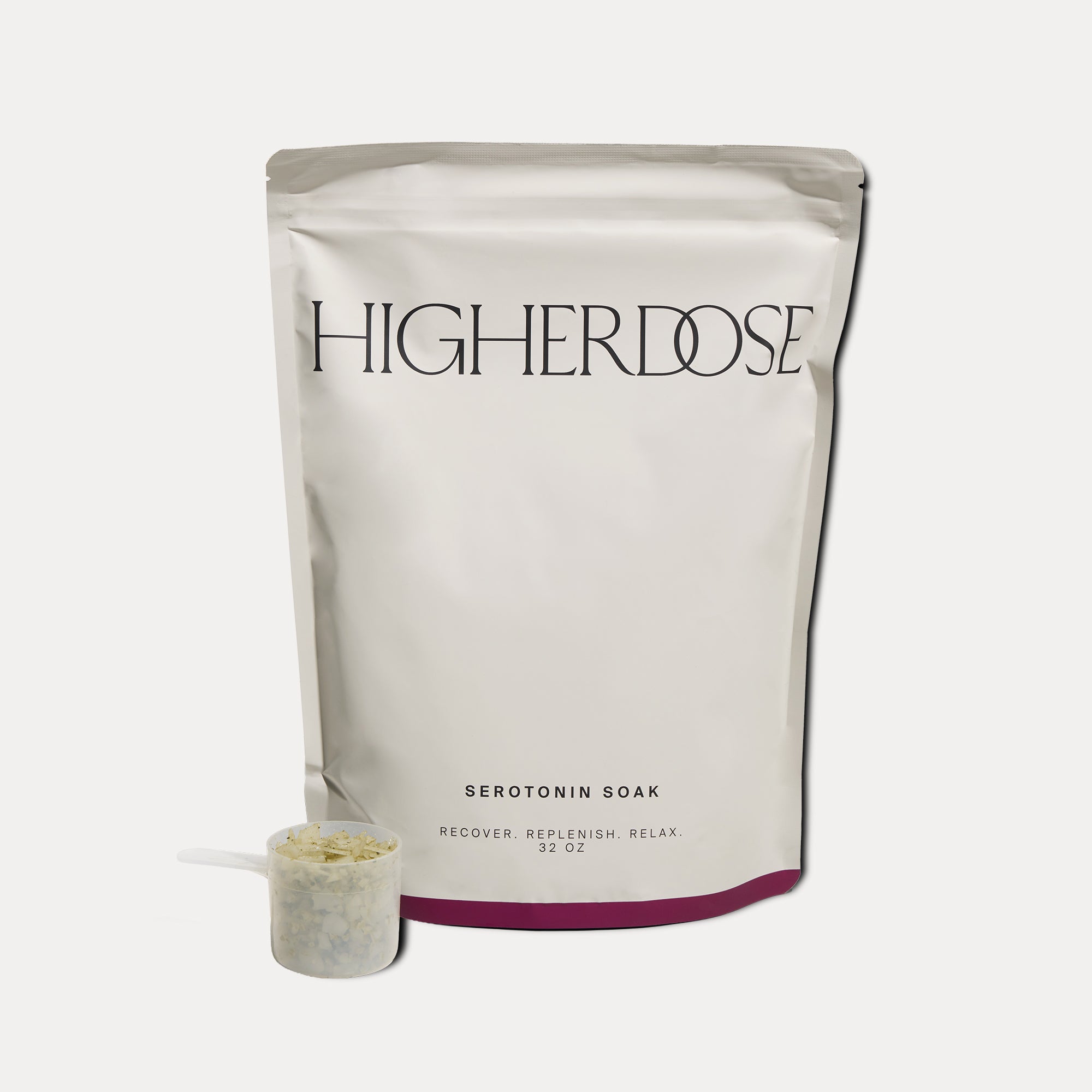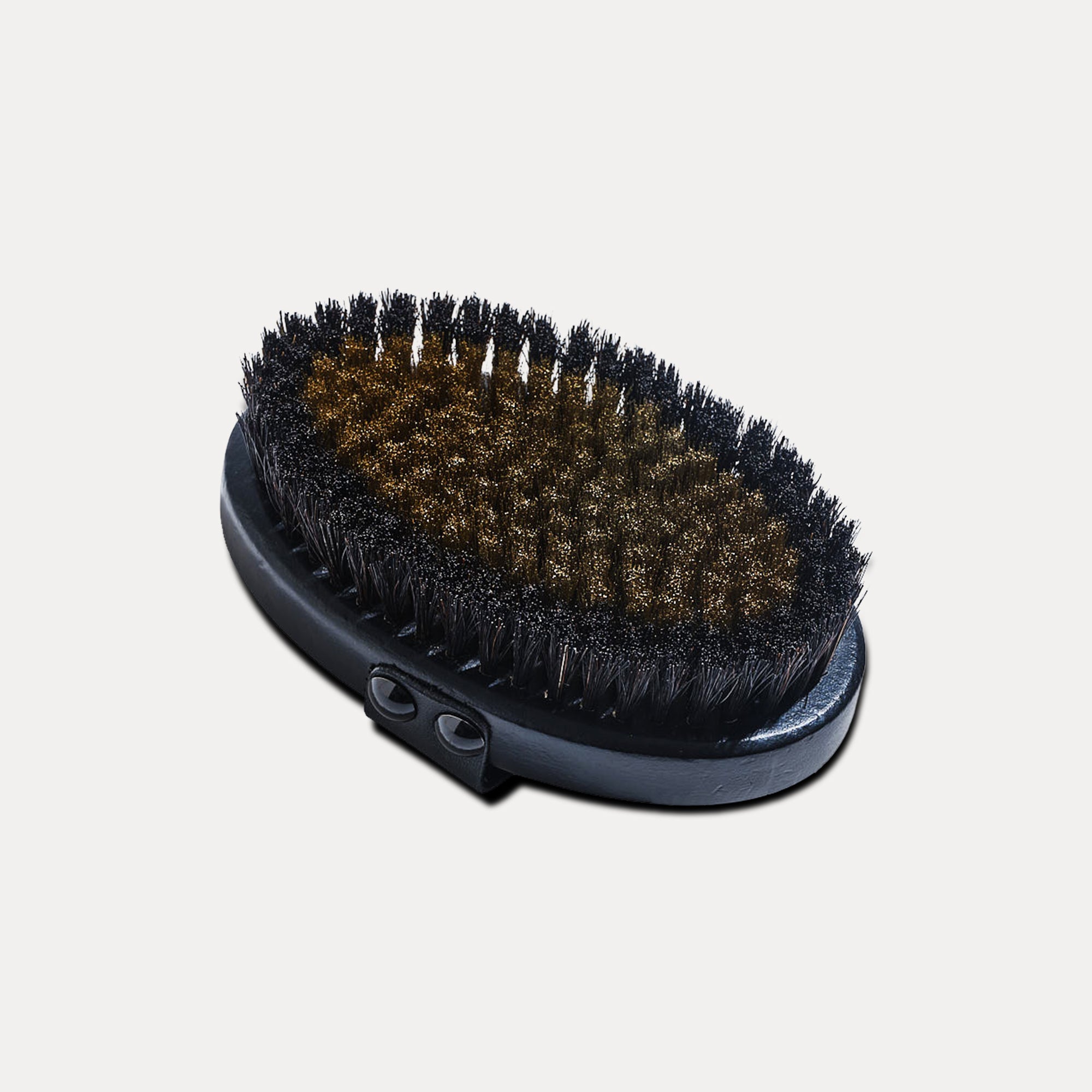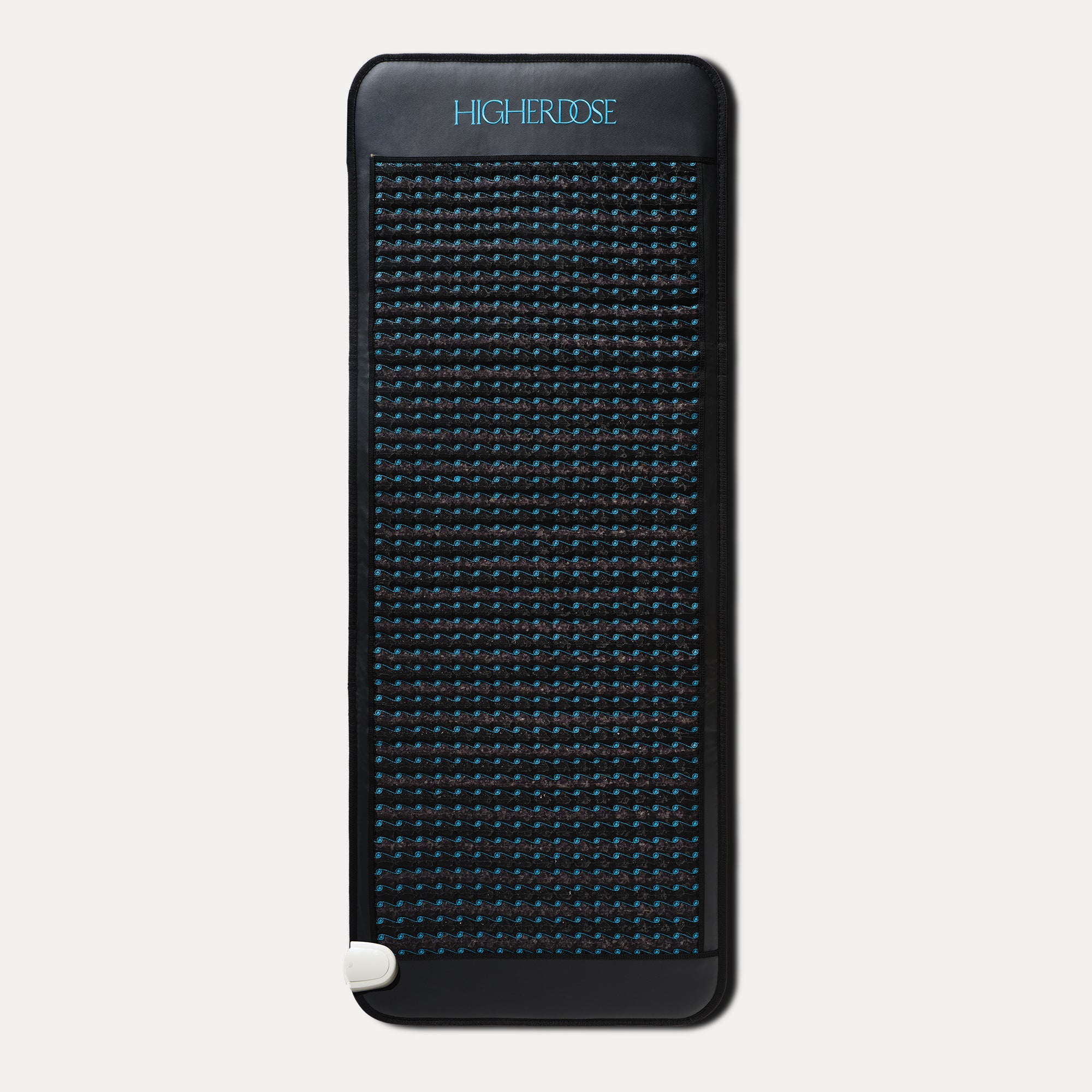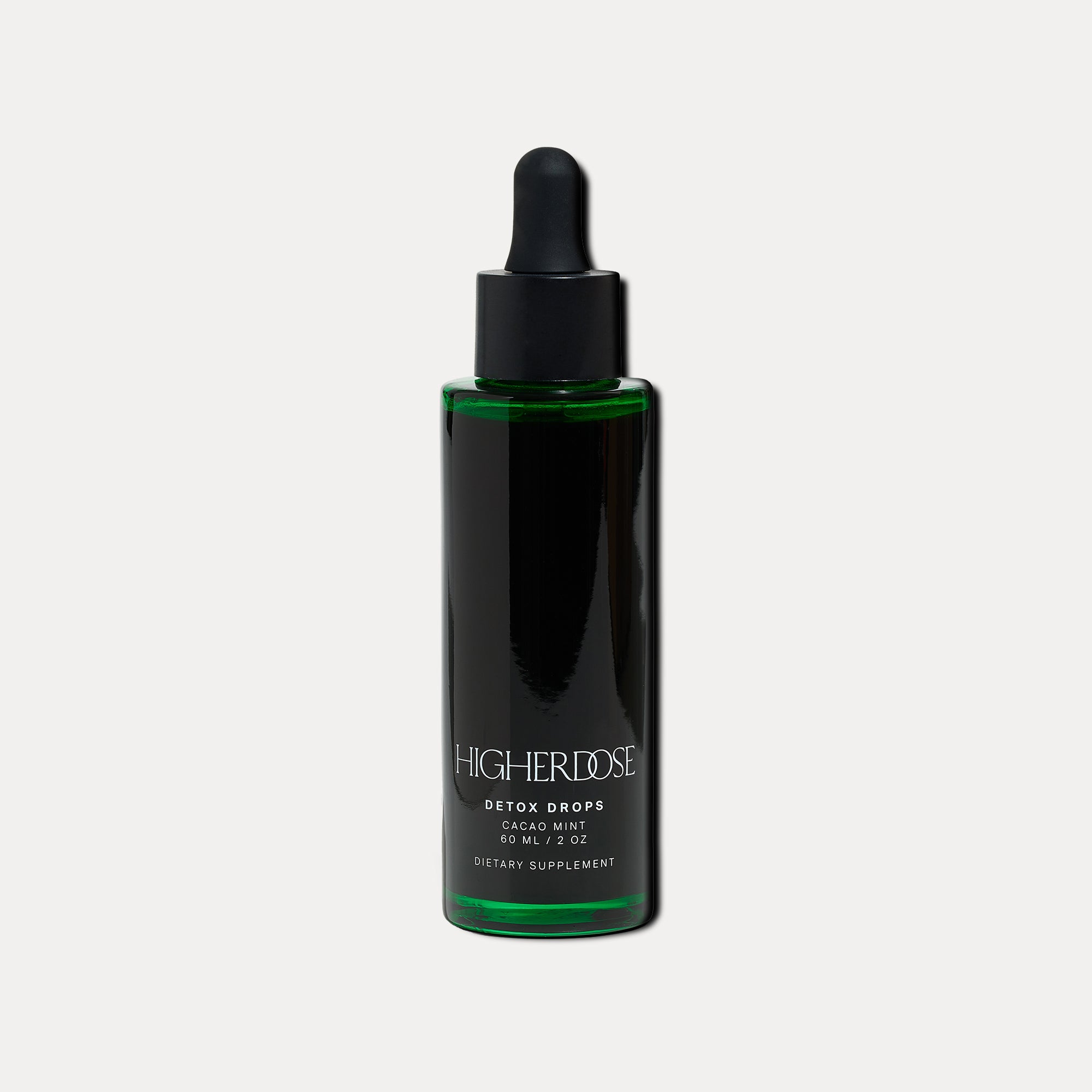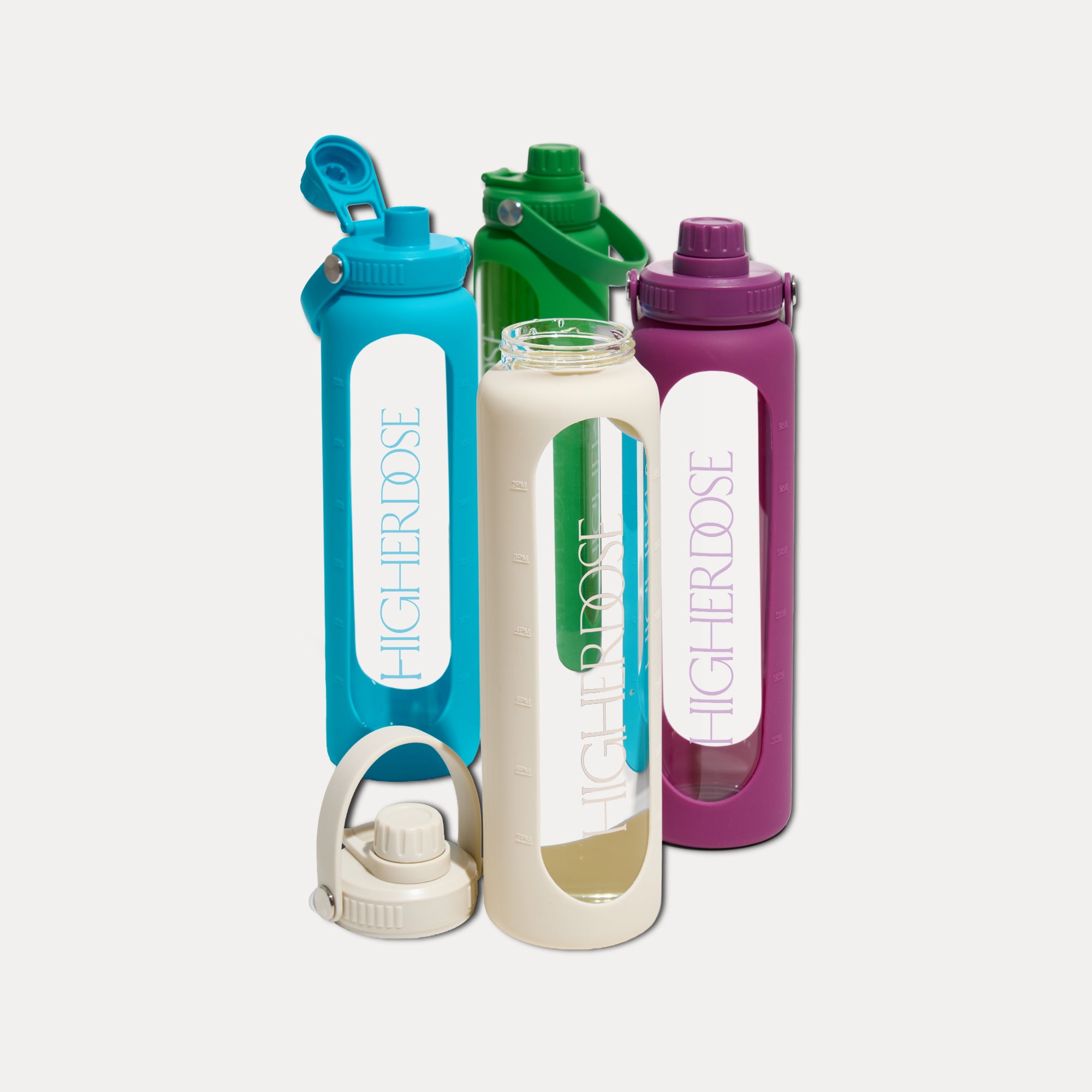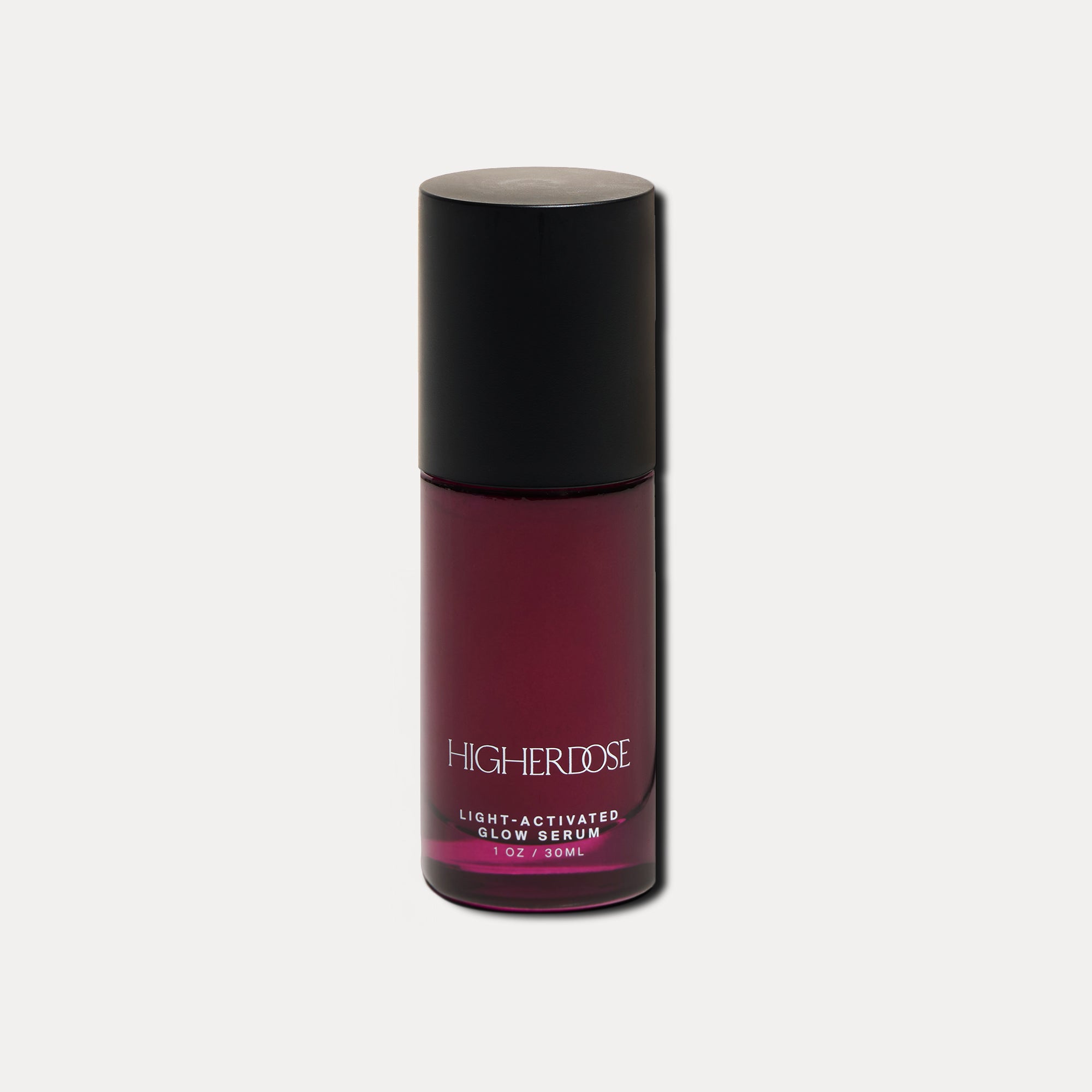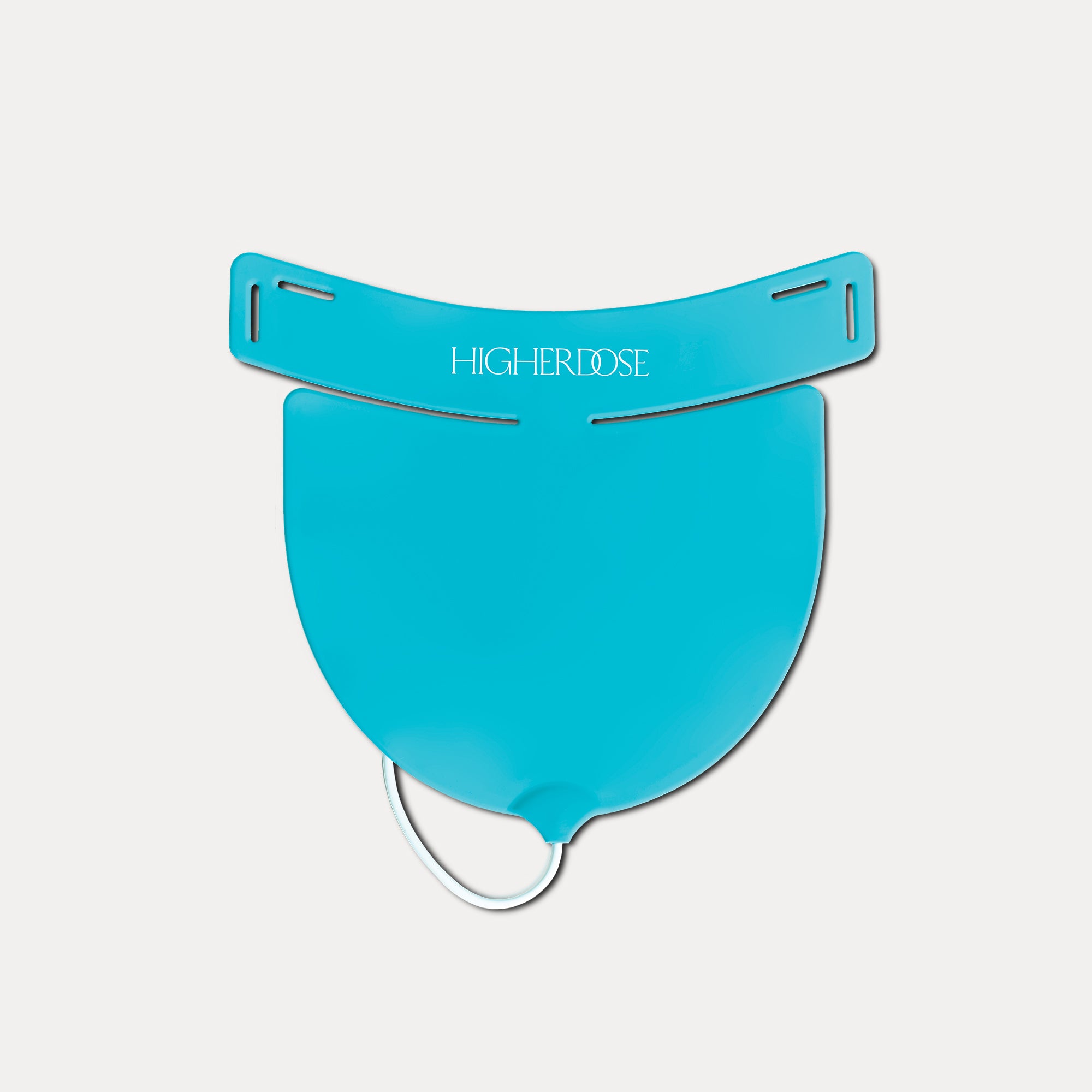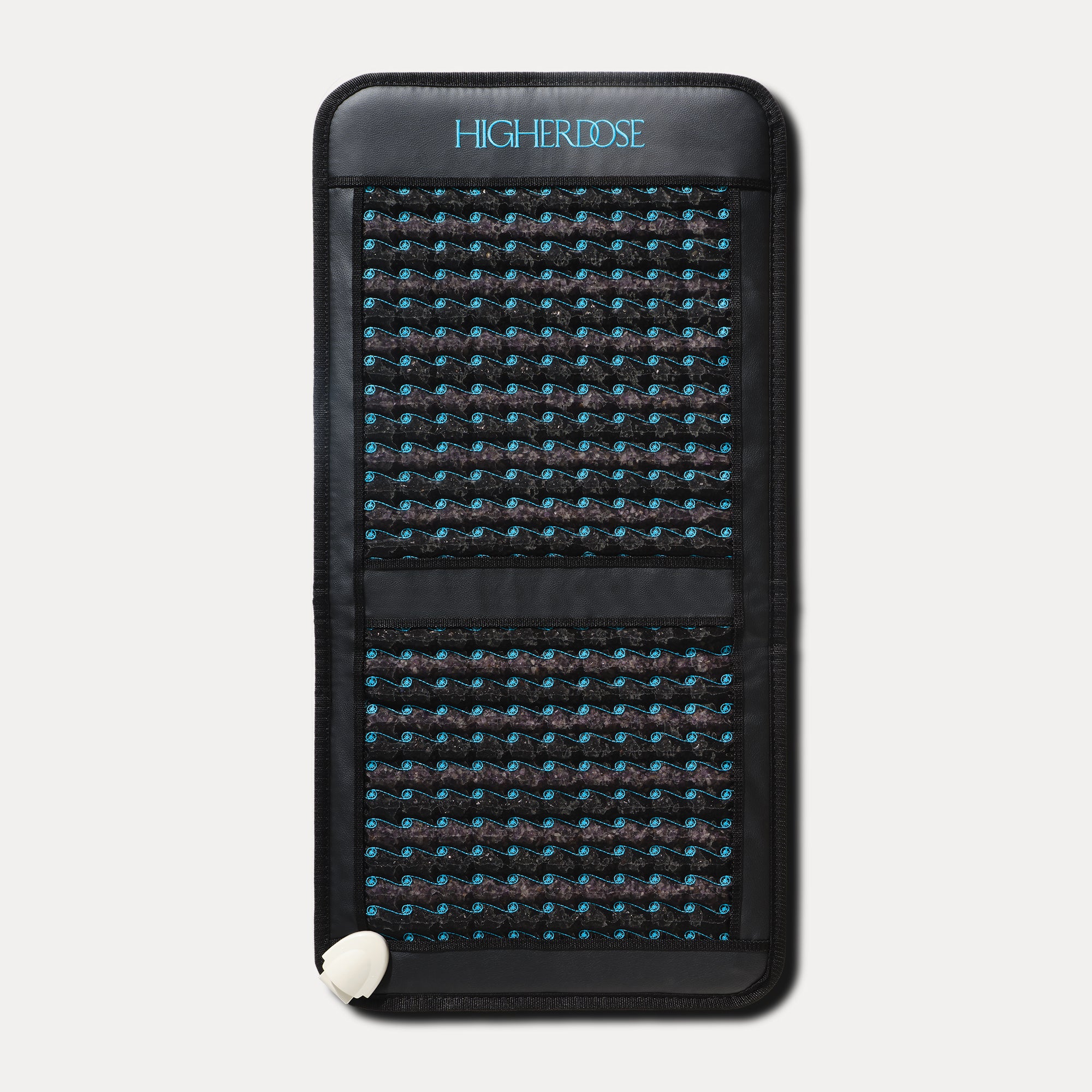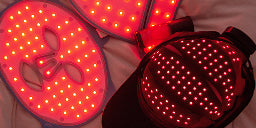
How Neural Pruning Turns Moms Into Superheroes
Anyone watching a mother move through pregnancy, into postpartum, into the always-on job of caring for children knows that mothers are superheroes. But most mothers do not understand exactly what is happening to their brains during this time. They often focus on the setbacks and frustrations of the foggy effects of “mom brain,” not realizing that this is actually a process called “neural pruning” that is transforming their bodies and brains to care for and connect with a new child in powerful ways.
Without widespread knowledge around neural pruning, and how to nourish the brain during pregnancy, many mothers feel crushed under the weight of “doing it all” while they experience physical symptoms that make their usual tasks feel challenging. We rush back into our old lives, return to full schedules, and put our kids first. But skipping the nourishment and rehabilitation that maternal brains need can take a huge toll on our health and wellbeing.
I know firsthand what it feels like to be depleted, while thinking I needed to be doing more, more, more. As the founder of a wellness brand and a lifelong health junkie, I have always prioritized my physical and mental health. But several years ago, I gave birth to two twins while running a business – and learned firsthand about the dangers of not taking ample time to nourish and rehabilitate.
I had my two children via an emergency C-section, five weeks early, and found myself driving back and forth from the hospital to visit the twins in the Nicu. Over the next few months, I put a ton of pressure on myself to breastfeed (without hydrating properly), to jump back into work right away (without the resources to afford full-time help), and to race back into all my routines and responsibilities from before (with the added journey of caring for two little ones).
One year after giving birth, I suffered from a grand mal seizure. It was a huge, scary wake-up call. But it was also a powerful message: I needed to reprioritize my health, even before that of my kids. My depleted state had led me here. And I needed to rebalance my outlook.
THE SUPERHERO MOM’S SECRET
We think being a “superhero mom” means getting back to “optimal levels” quickly (AKA how we were operating before the pregnancy). But I am here to set the record straight: nourishment and rest are key steps that mothers must prioritize. You can’t be a superhero for those around you, unless you have taken care of yourself.
I acknowledge that not everyone is given 3-6 months off work after pregnancy. As a business owner, I didn’t have that time. And everyone’s unique situation means different levels of financial support, emotional support, and childcare support. Being a mother is a complicated balancing act, and the goal of this article is absolutely not to state that there is one perfect way to heal your body after a pregnancy. There isn’t one.
The pursuit of perfection is just another unnecessary pressure on a mother. But there is a wealth of scientific knowledge that I hope to share with mothers, to help them to understand the incredible transformation their bodies are undergoing and how they can nourish themselves through the process.

WHAT IS NEURAL PRUNING?
When we are pregnant, our brains undergo a process called neural pruning. This process involves reducing the connections between neurons in the brain, leading to significant reductions in the brain's gray matter. Researchers believe that this pruning helps prepare the brain for motherhood by allowing us to focus on the needs of our babies better.
One of the primary hormones that generate gray matter stem cells and growth in mothers and infants is progesterone. It plays a critical role in maternal brain pruning and supports the growth of the infant's brain.
Lactation is the primary metabolic catalyst for progesterone production, which helps produce gray matter stem cells and promote gray matter growth. A mother's exposure to her child's skin and oils after weaning is also helpful, as is her exposure to male pheromones, which do not hinder the maternal brain pruning process.
According to a 2021 study published in Frontiers in Global Women's Health, the specific brain areas that are pruned appear to be involved in understanding what other people are thinking or feeling. Fathers' brains and hormones change during male reproduction, too, leading to a sharp drop in testosterone via skin oil exposure of the mother or child. However, while the male brain undergoes significant changes, it does not prune and structurally grow as a mother's does.
REFRAMING “MOM BRAIN”
As a result of neural pruning, many women experience what is commonly referred to as "mom brain": the forgetfulness and decreased cognitive function that many new mothers experience. Despite how this can feel to a mother at the time, this is a temporary state. The brain has the remarkable ability to rebuild and create new pathways over time. And that’s just what is happening. The study found that this pattern of changes is linked with a mother’s attachment to and connection with her baby.
Understanding the significant (and biologically wise) destruction and reconstruction that a mother’s brain undergoes during this period is a loud reminder that it is okay to "not be a superhero” – at least through the lens of how we operated pre-pregnancy. This process is heroic itself. We must let our bodies heal and fortify the central nervous system, as growing gray matter requires a systemic approach to regeneration.
How to Nourish Your “Mom Brain”
Here are five concrete ways to nourish your brain after a pregnancy, rooted in ancient traditions and new scientific findings:
1. The "40 Days, 40 Nights" Approach
Many cultures around the world have a tradition of honoring the first few weeks after giving birth, during which the new mother is encouraged to rest and bond with her baby. In China, this tradition is called Zuo Yuezi or "sitting the month." In India, it's part of Ayurvedic care.
The "40 days, 40 nights" approach is based on the traditional practice of Zuo Yuezi in Chinese culture, which is also known as "sitting the month." This is a set period of rest where a new mother remains at home for the first 40 days after giving birth, focusing on healing and bonding with her baby. During this time, you are encouraged to honor what your body went through and allow yourself to fully recover.
How can you learn from this approach, even if you don’t have the resources to take 40 days off? Research shows that rest and relaxation are essential for promoting maternal neurogenesis, the process of rebuilding and creating new neural pathways in the brain. Avoid planning any big events or activities. Prioritize nesting and spending time with your baby. It's crucial to allow yourself to heal and recover during this time, as the body has gone through a significant physical and emotional change.
2. Rehabilitation Methods
Rehabilitation of the pelvic floor is essential after a c-section or vaginal delivery. One way to achieve this is through Mayan massage, which is a traditional abdominal massage that aims to realign the reproductive organs and promote healing.
Another way to support the pelvic floor is through pelvic floor exercises, which help strengthen the pelvic floor muscles. Pelvic floor physical therapy is also an option for women who experience issues like incontinence or pelvic pain after giving birth. It's essential to work with a qualified practitioner to ensure you're doing exercises correctly and to avoid injury.
3. Natural Nourishment
There are countless natural ways to nourish the brain in postpartum, as it creates new neurons and heals from the incredible feat it just achieved (new life). Sunlight exposure is one of our favorite ways to support the body's natural rhythms and promote healthy sleep patterns, and it becomes a particularly potent exercise for new mothers. Get outside in the morning light and skip the sunscreen so that your body can absorb all the nutrients it needs.
While you’re outside, skip the shoes. Grounding (or being barefoot outside) will help to balance the body's electromagnetic field, which can become disrupted during pregnancy and childbirth. Breastfeeding also supports maternal neurogenesis (the creation of new neurons in a mother’s brain), as the act releases oxytocin, a hormone that promotes bonding and attachment.
Getting your energy back and want to get moving? There is power in going slow. High-intensity workouts should be avoided during pregnancy and immediately after giving birth, as they can increase stress levels in the body. Instead, opt for slow, methodical movement, like walks or yoga, to promote relaxation and reduce stress.

4. Keep Warmth in The Body
A new mother’s body is going through hormonal changes that can affect the body’s natural temperature regulation. Keeping heat inside the body is key. Infrared is a proven way to keep the body warm and promote maternal neurogenesis. Infrared radiation has been shown to penetrate deep into the tissues, promoting vasodilation and increasing blood flow to the brain. This increase in blood flow to the brain helps to promote the formation of new neurons in the hippocampus, which is essential for learning, memory, and emotional regulation.
An infrared mat can also help to improve mood and reduce stress levels, which are critical factors in promoting maternal mental health during and after pregnancy. By increasing circulation and reducing inflammation, an infrared mat can also provide relief from postpartum pain and promote faster recovery.

5. Red Light For Regeneration
Red light therapy is another powerful way for mothers to nourish their healing bodies and brain. Red Light stimulates the production of ATP, which is the body's energy currency. ATP is essential for cellular function and plays a critical role in tissue repair and regeneration. By increasing ATP production, red light therapy can help to speed up the healing process and reduce pain and inflammation.
Red light therapy has also been shown to have mood-enhancing effects, which can be particularly beneficial for women experiencing postpartum depression or anxiety. Red light therapy has been shown to increase the production of serotonin, which is a neurotransmitter that plays a crucial role in regulating mood and emotional wellbeing.

6. Red Light for Breastfeeding Support
Breast and nipple pain, nipple damage and mastitis are common reasons given by women for their early cessation of breastfeeding. There are few treatments for these nipple pains or breastmilk production struggles, but studies are showing that red light therapy is a solution.
Red light therapy boosts levels of prolactin, a hormone that stimulates milk production in breastfeeding women, aiding new mothers in nourishing their children while finding balance in their own bodies. It has also been shown to increase blood flow and reduce inflammation, which can aid in the healing of damaged nipples.



